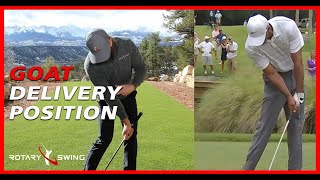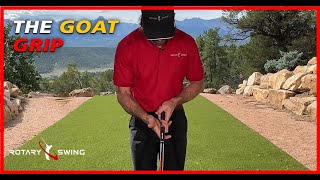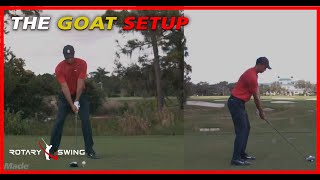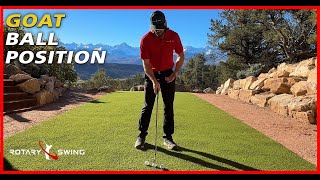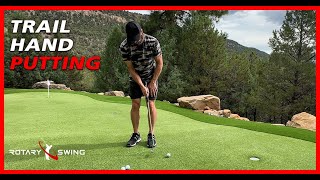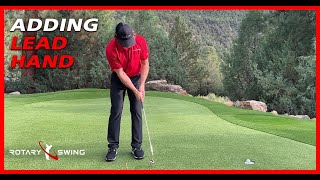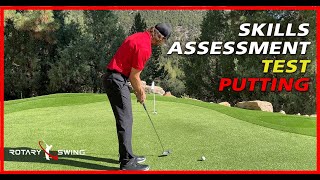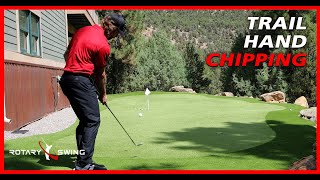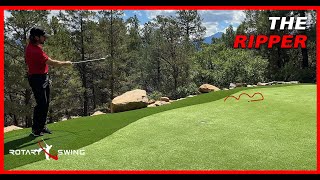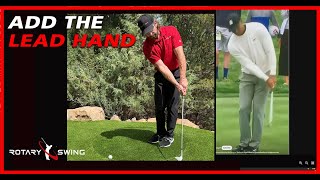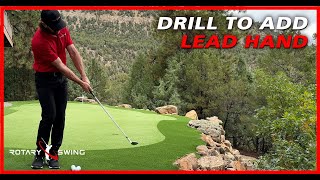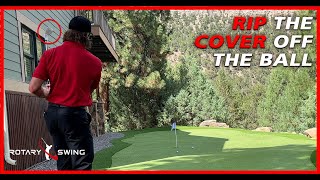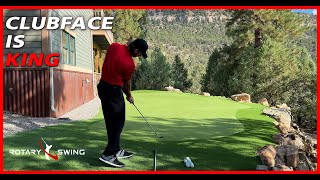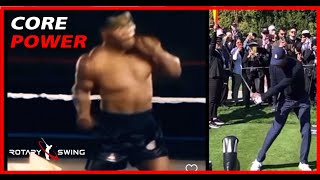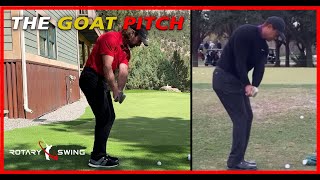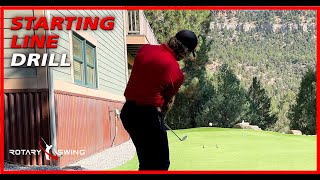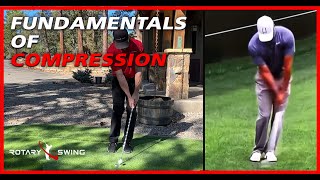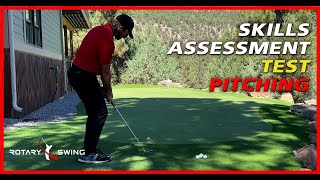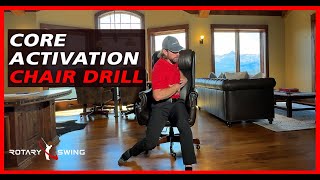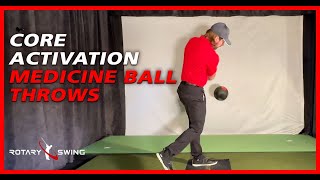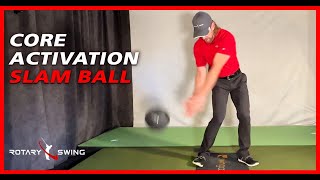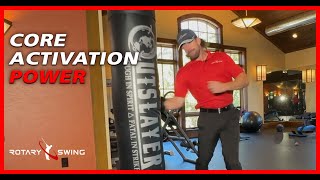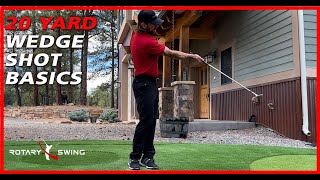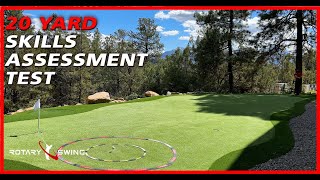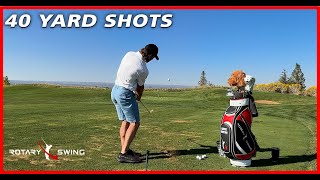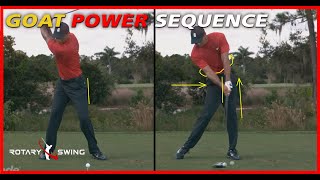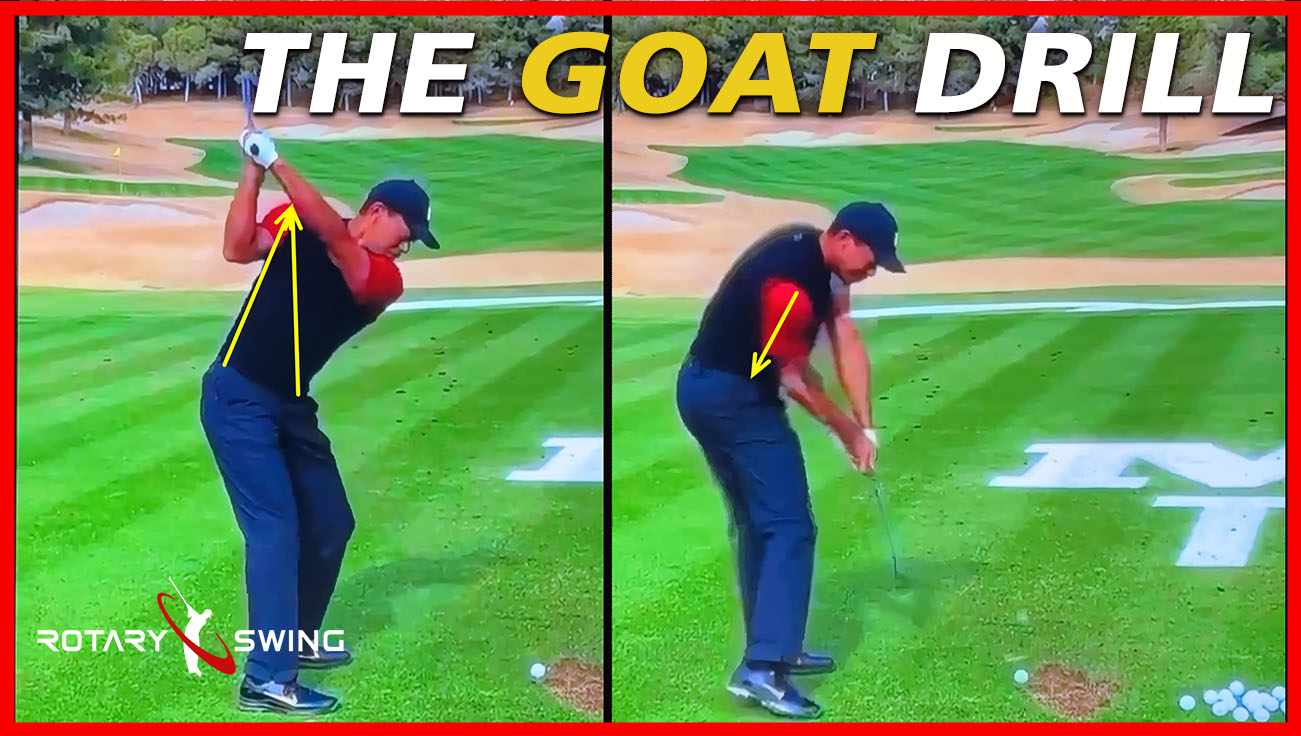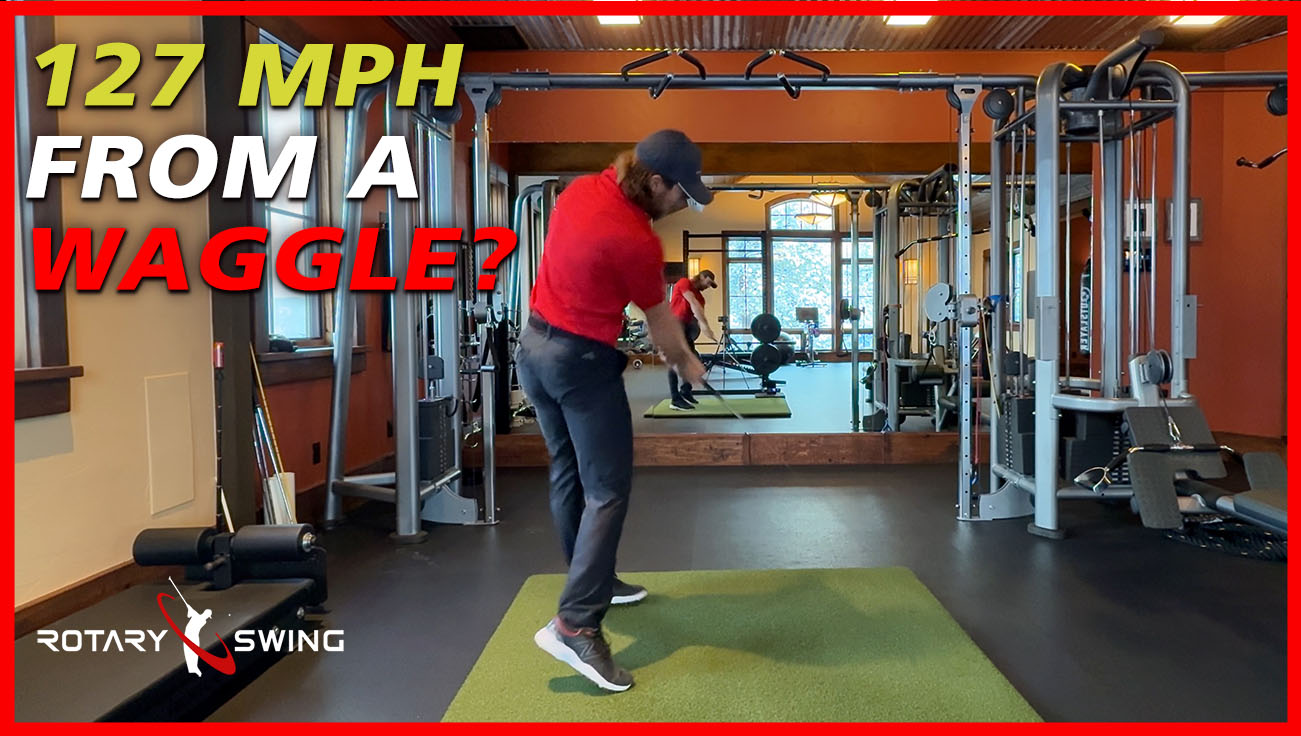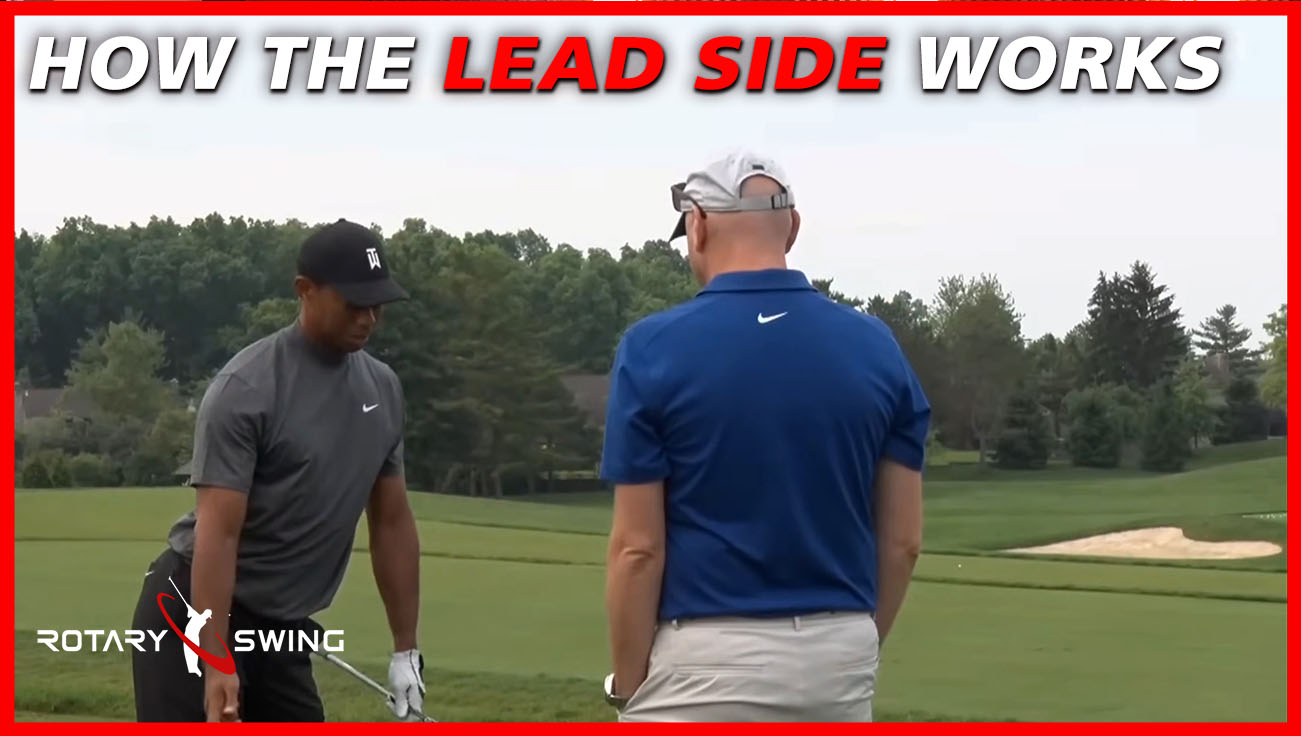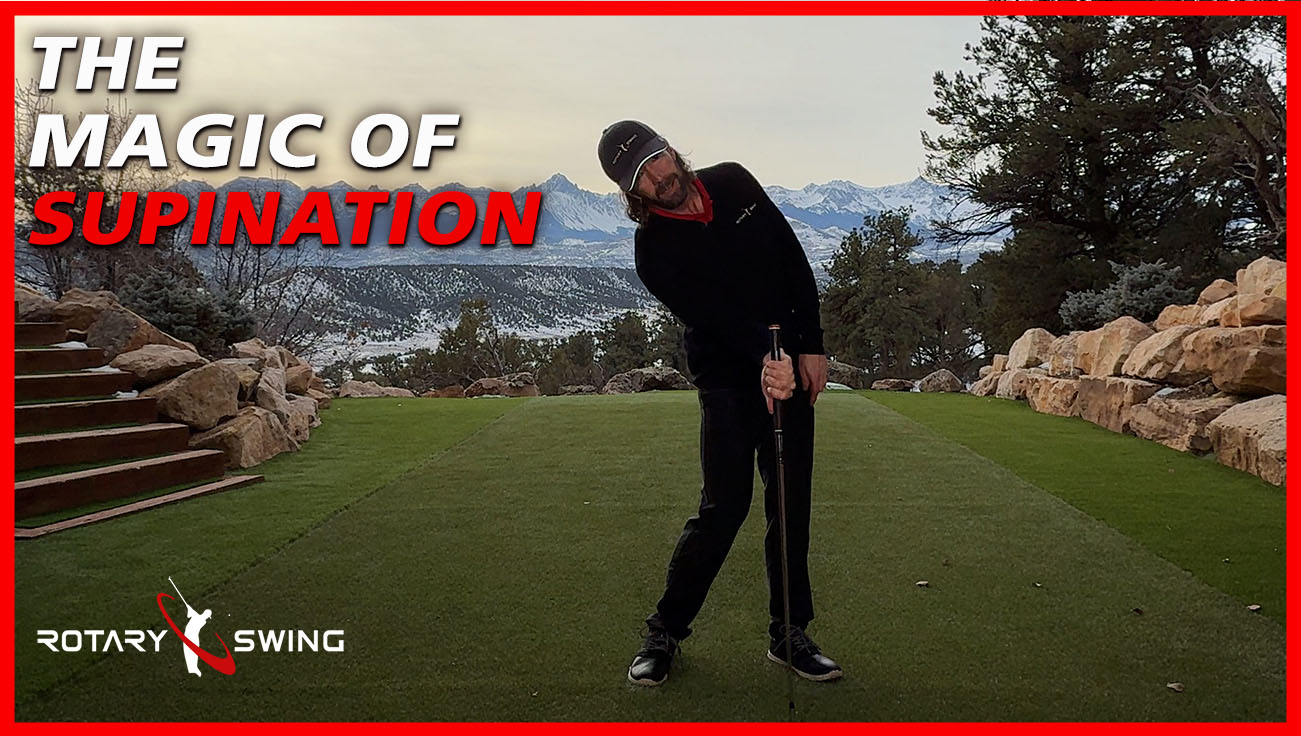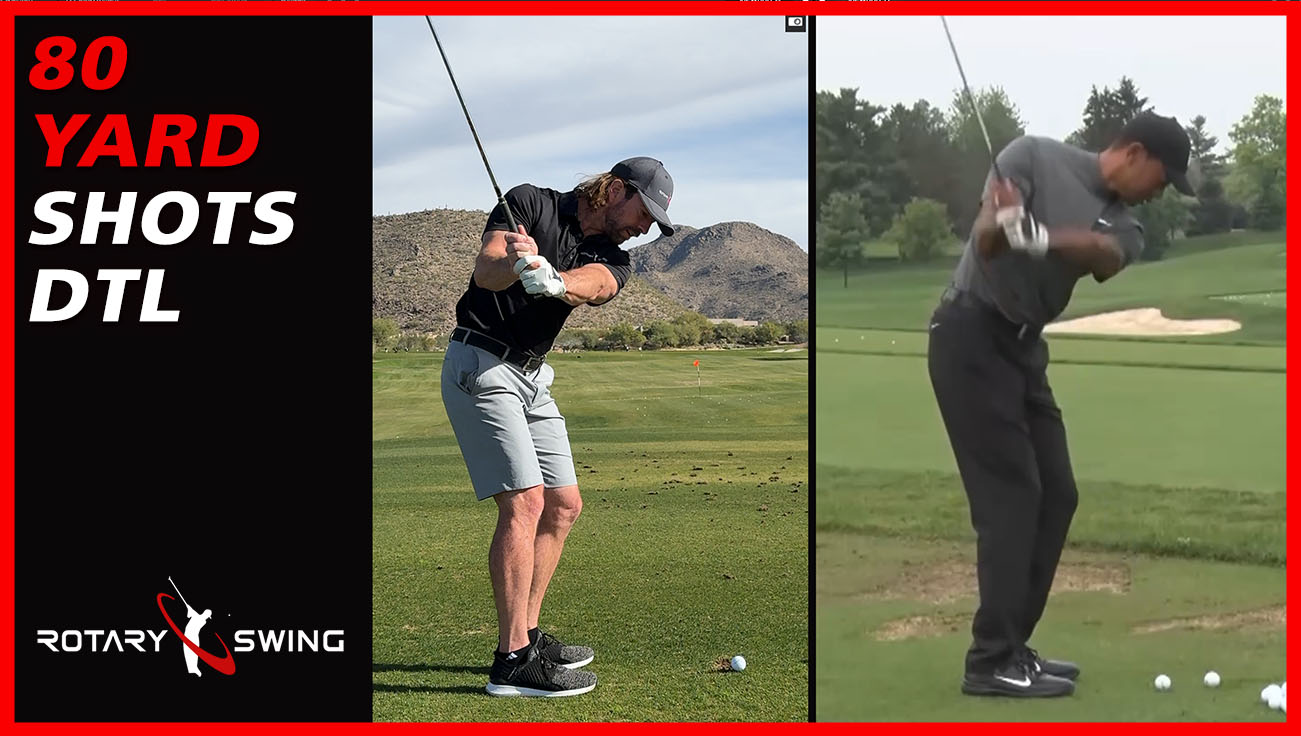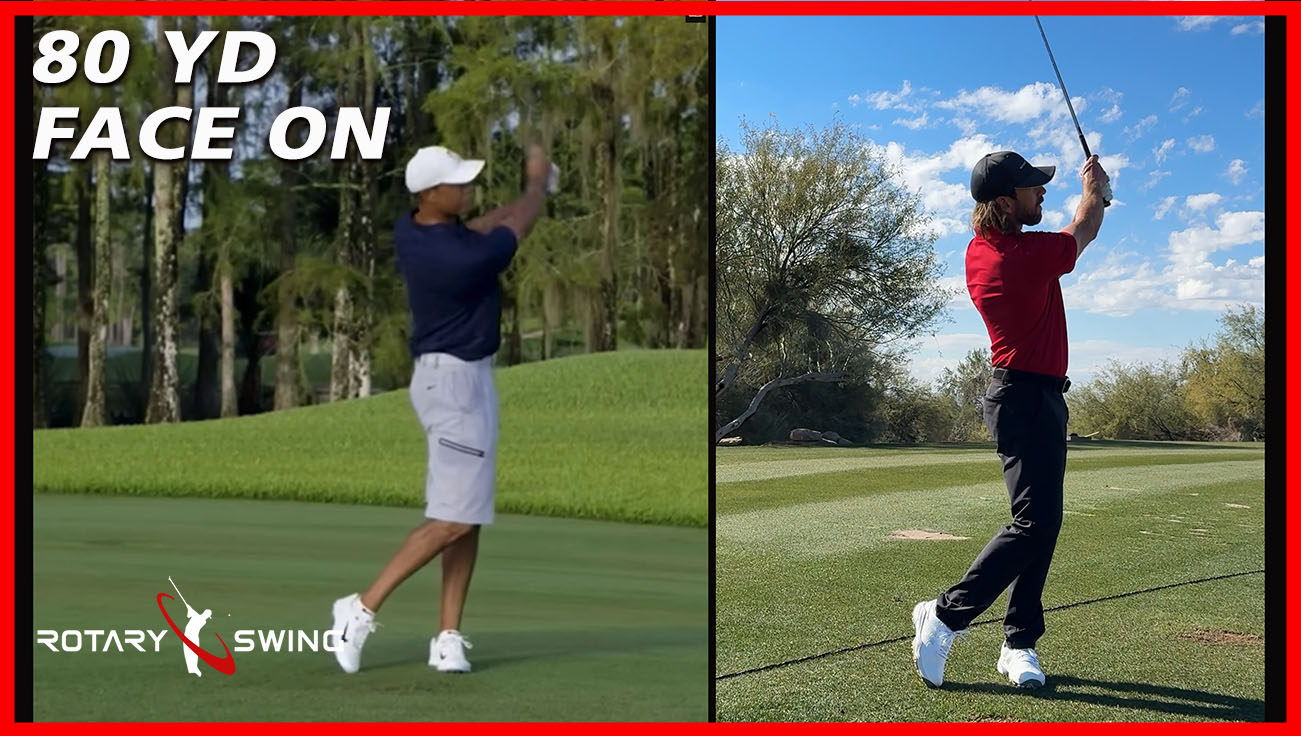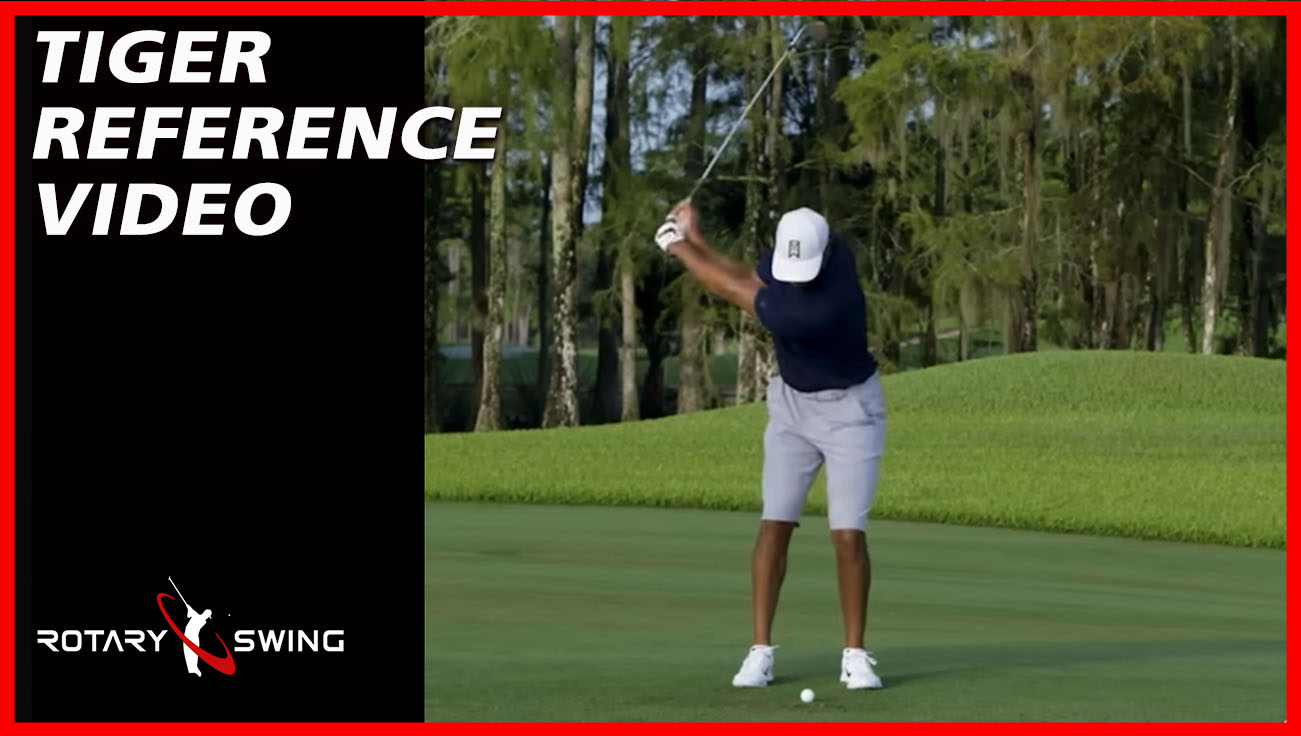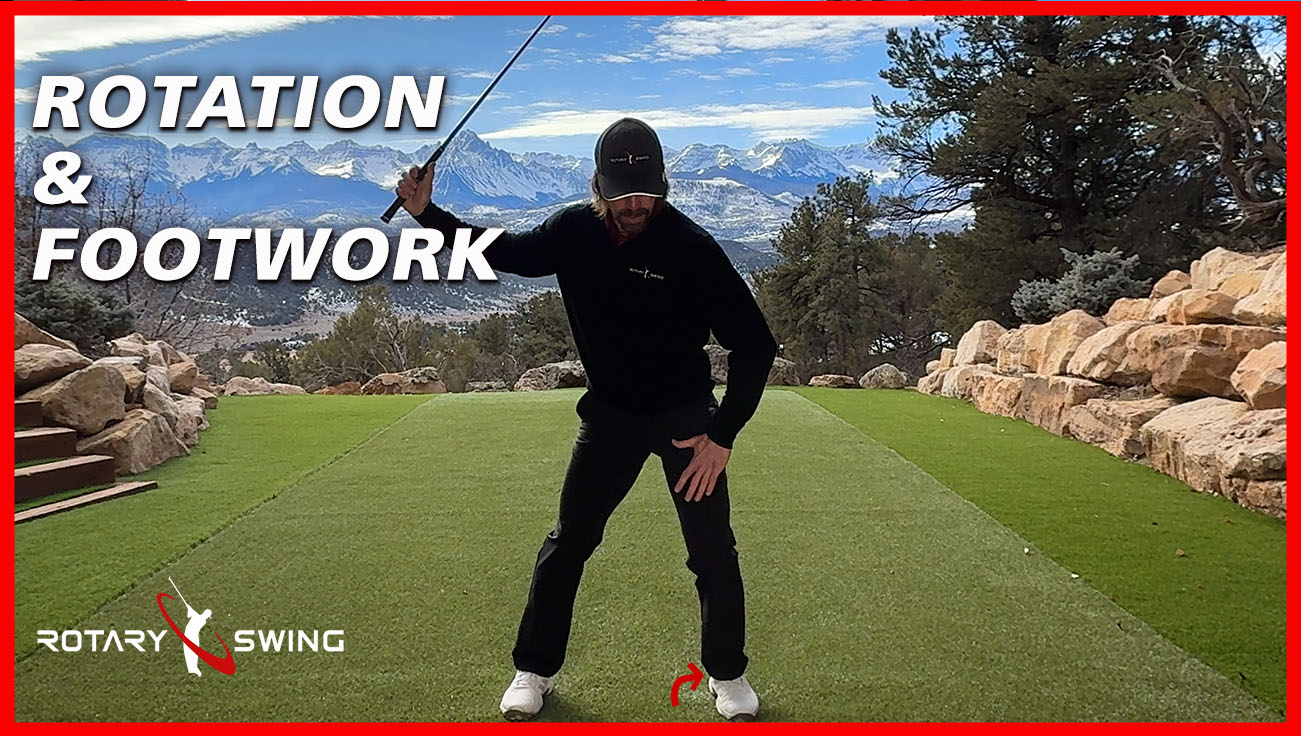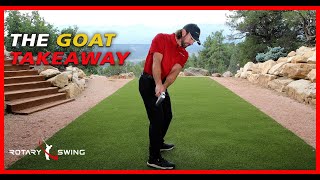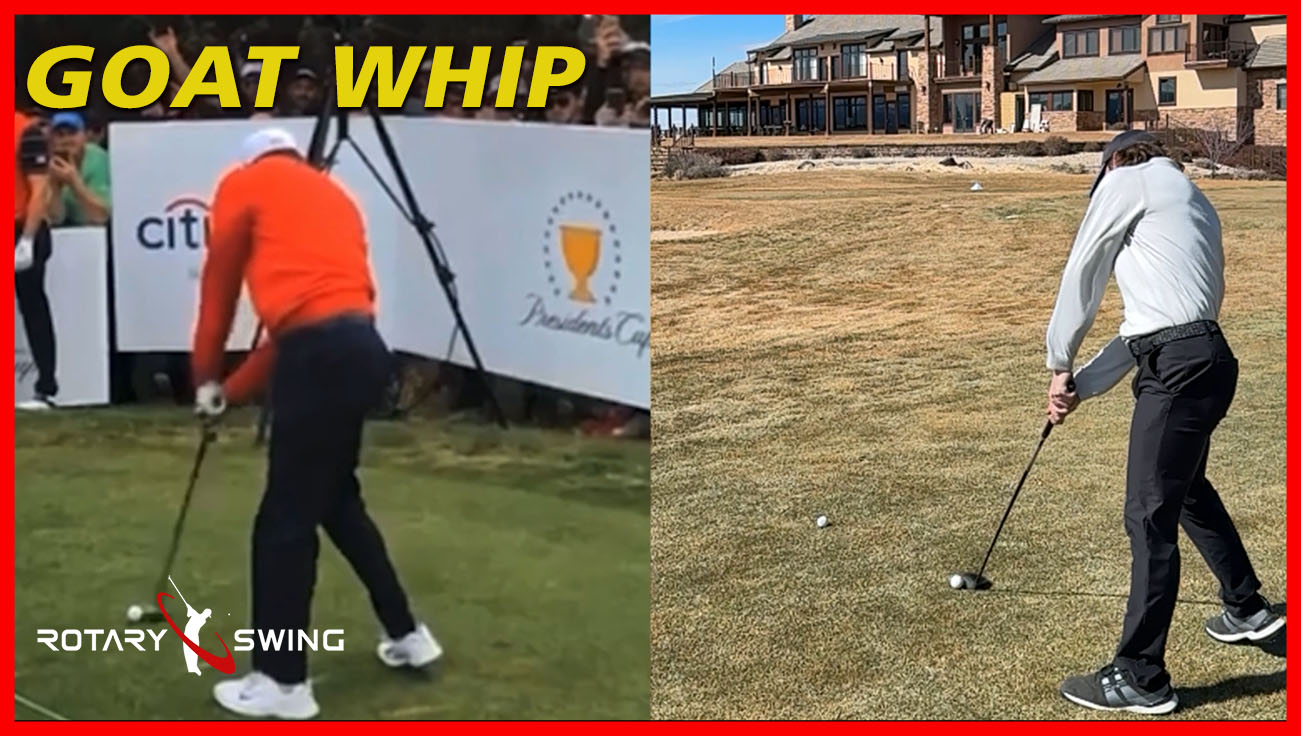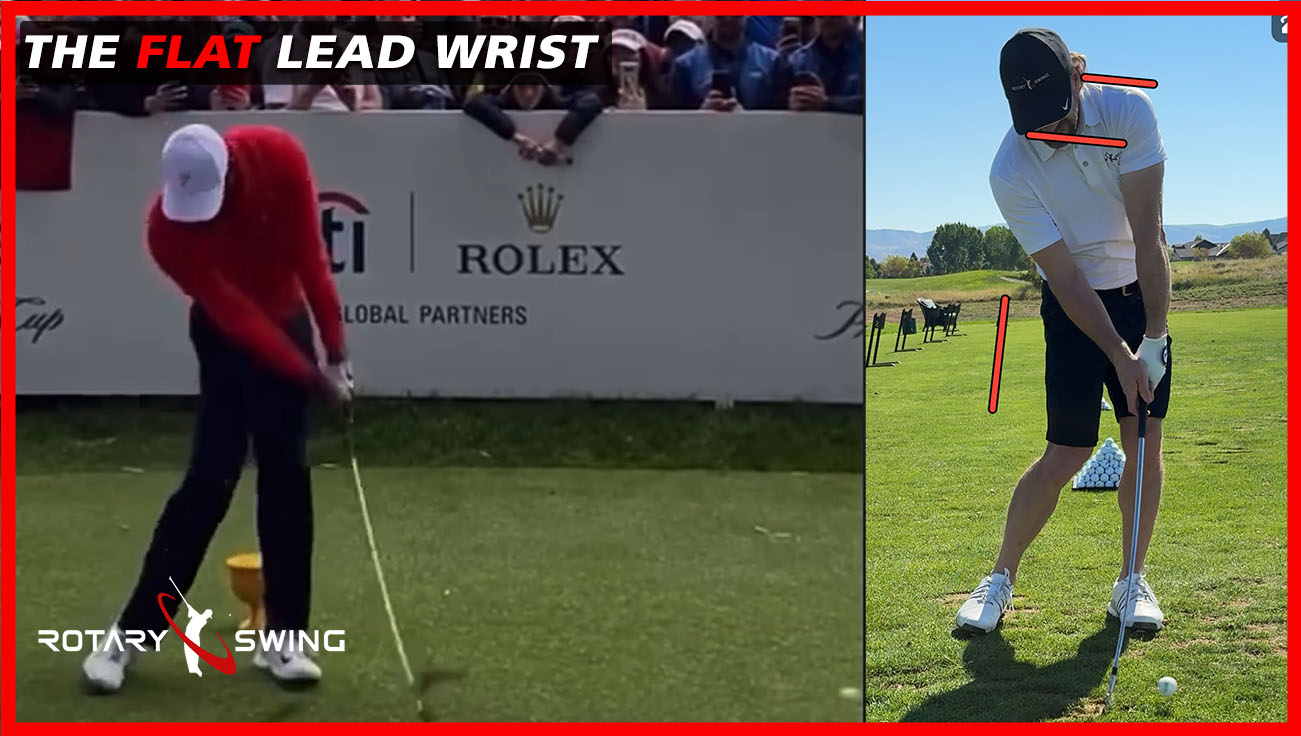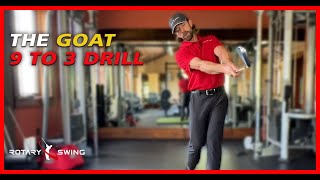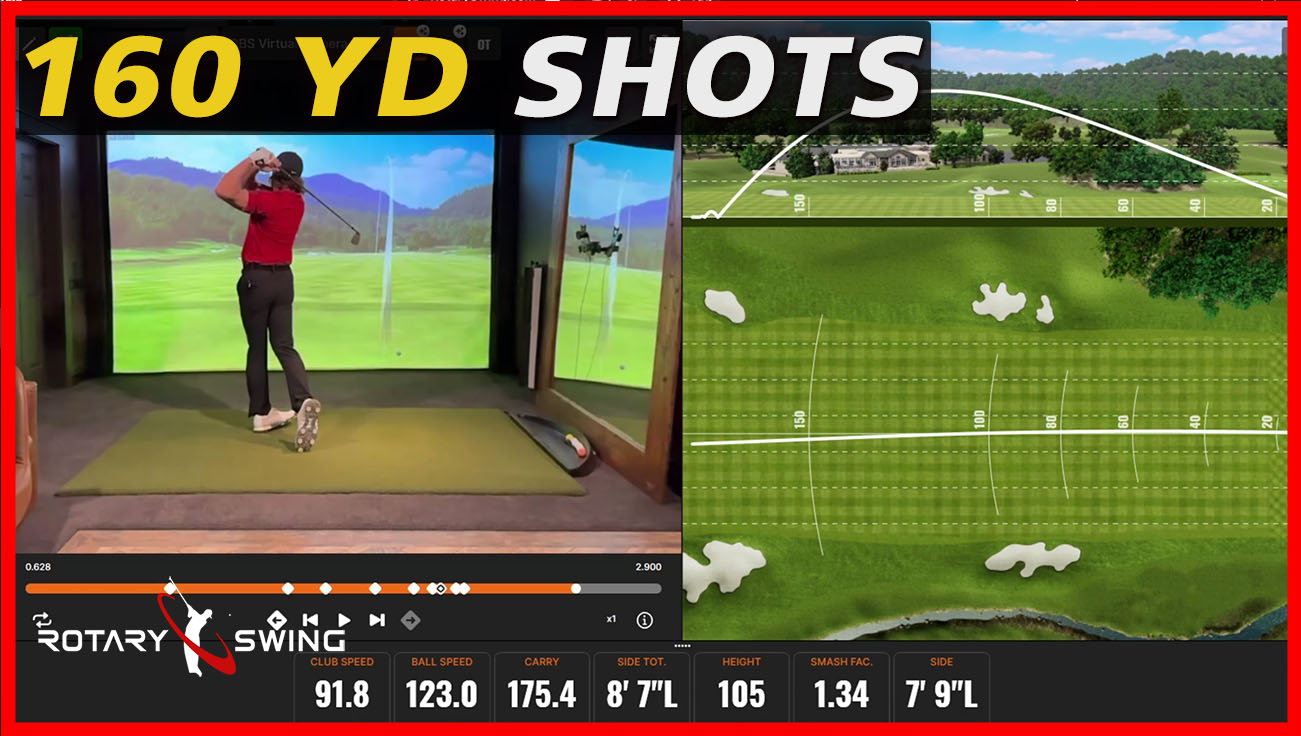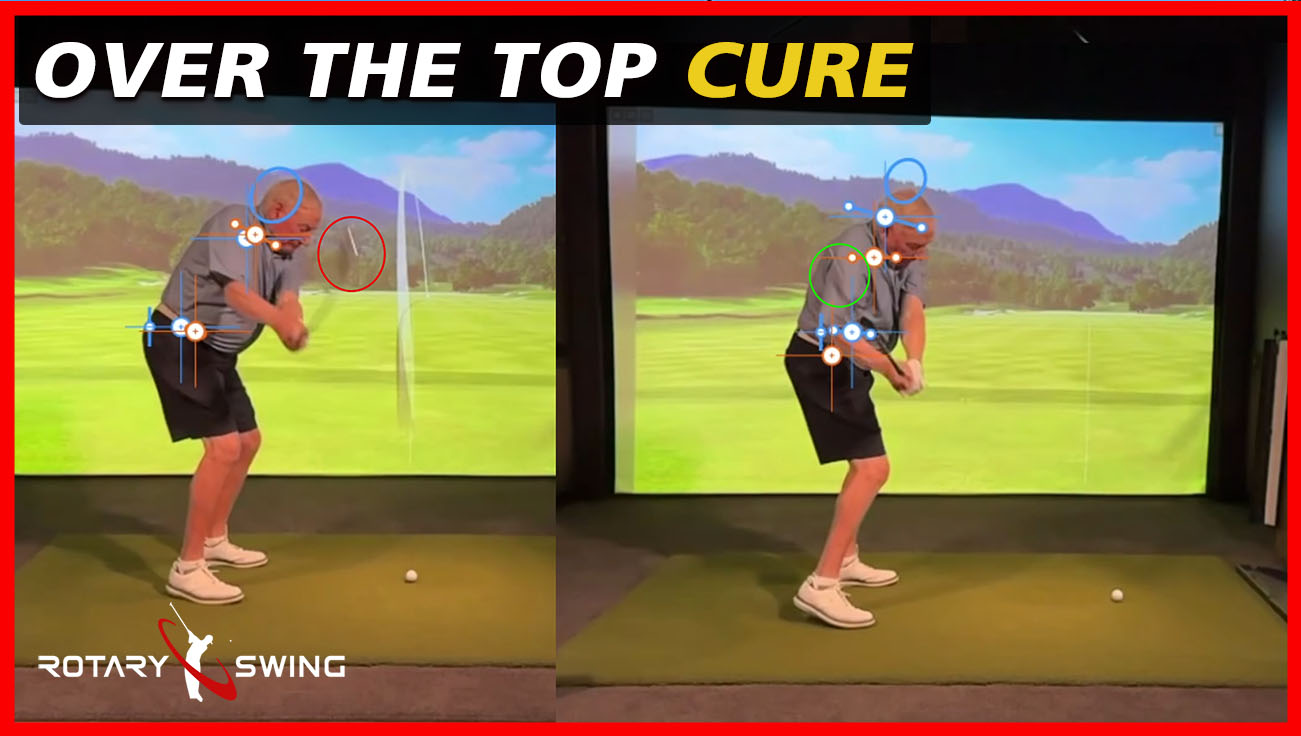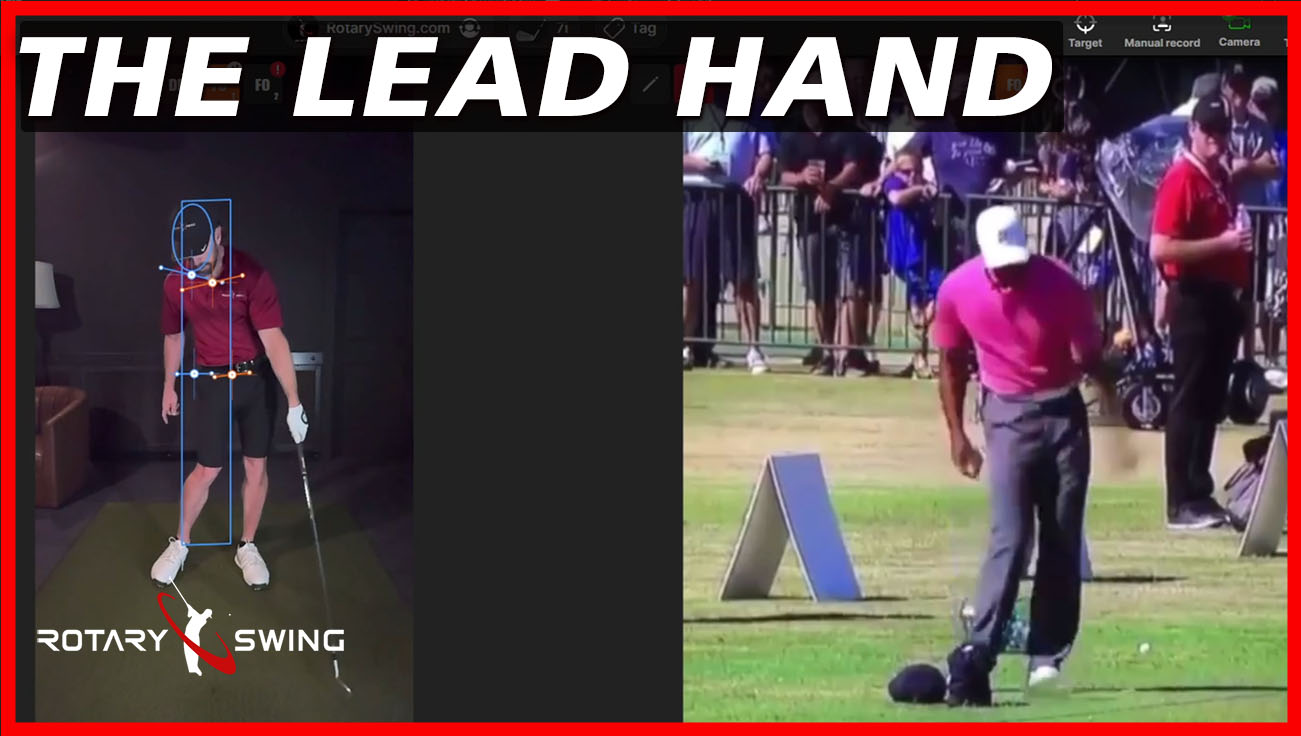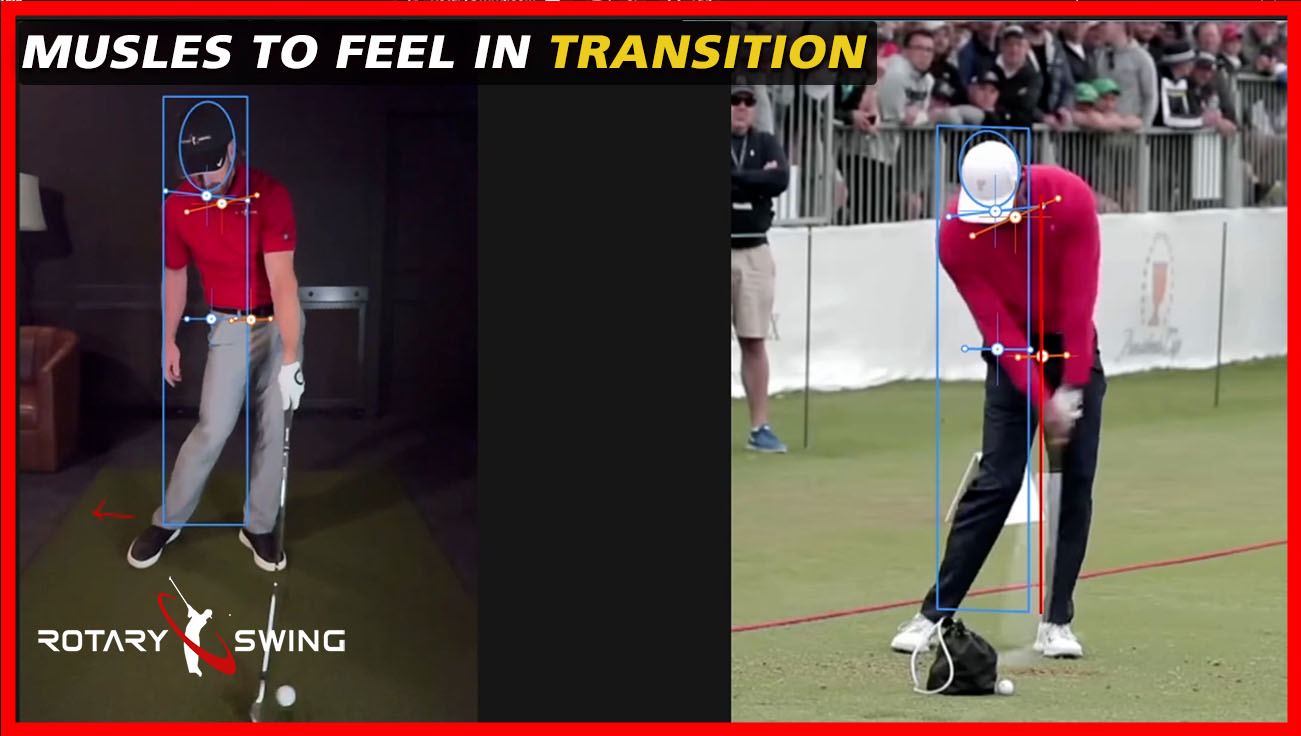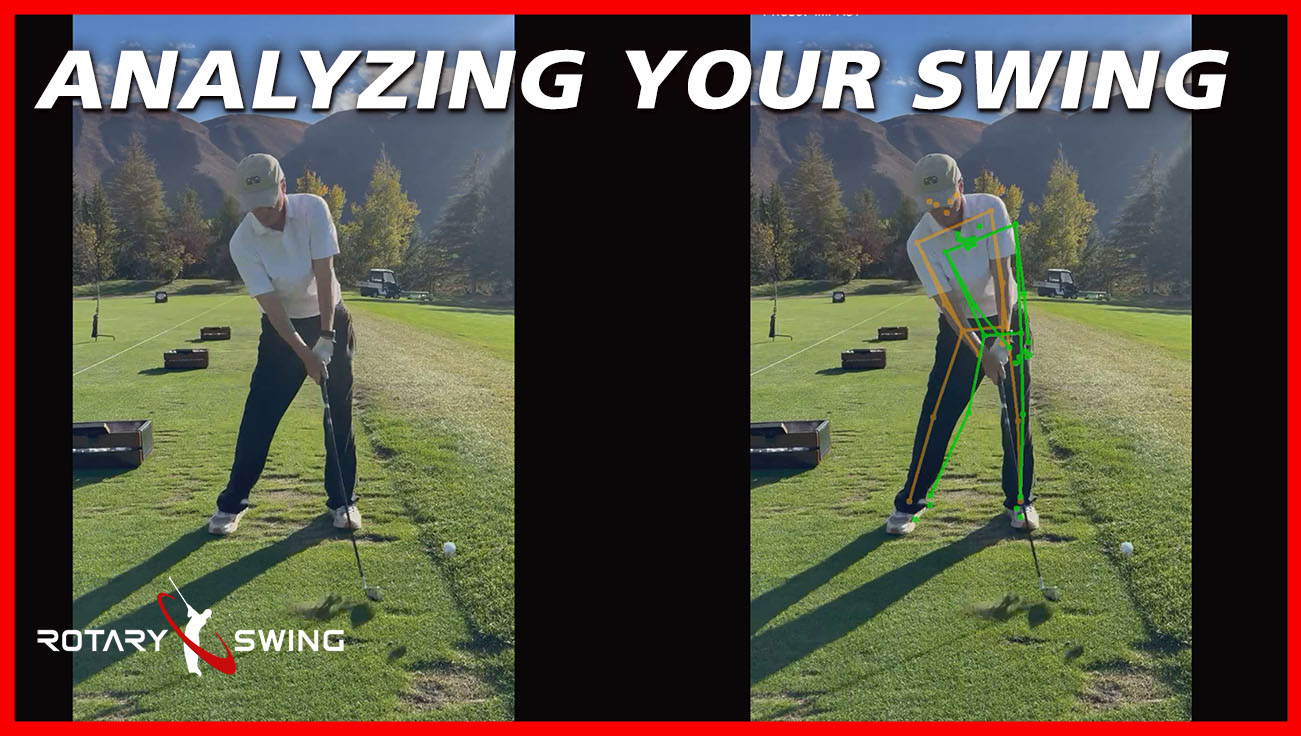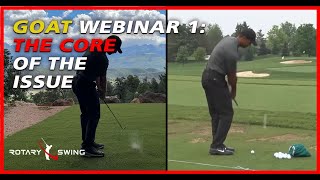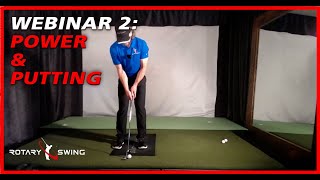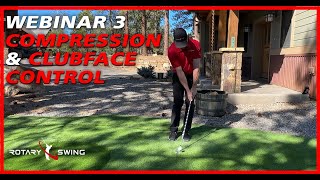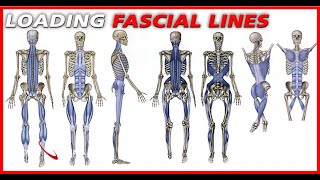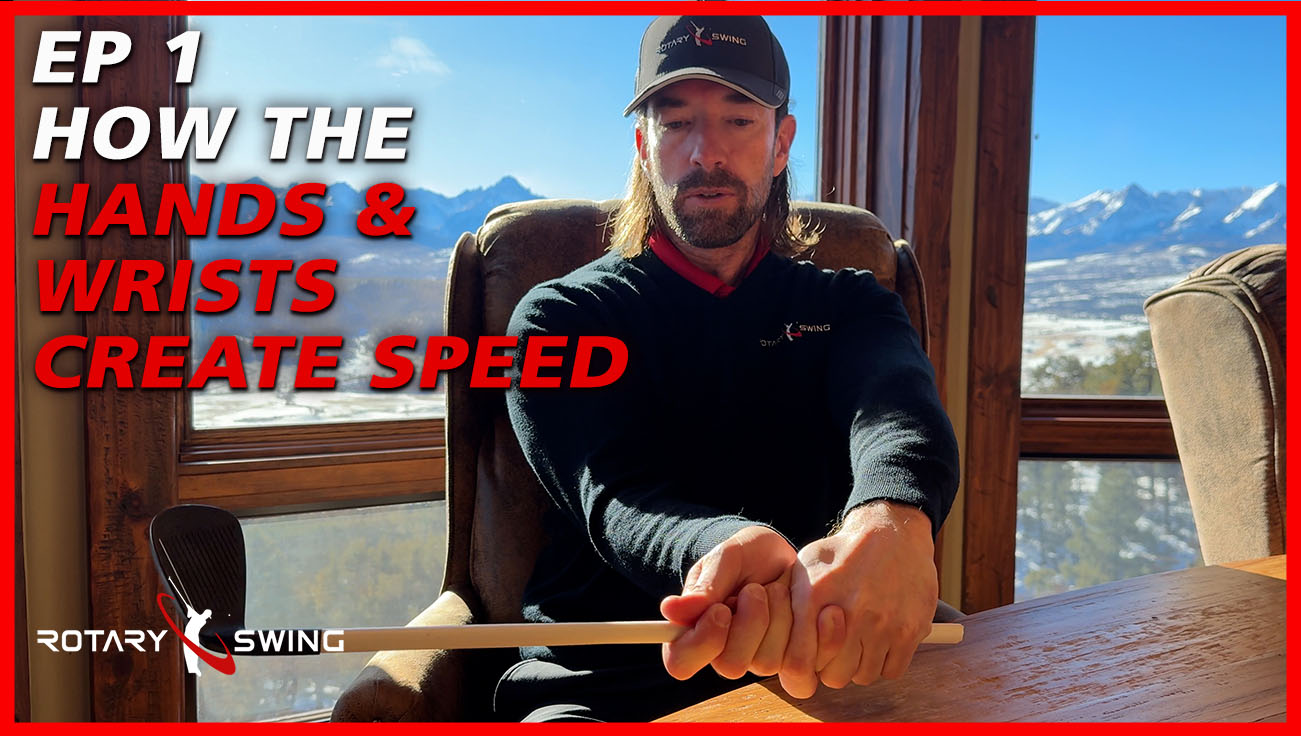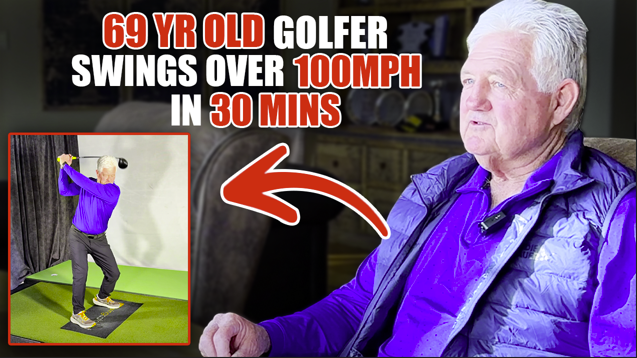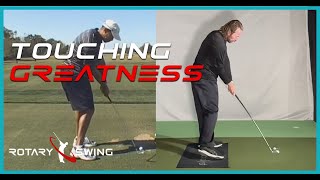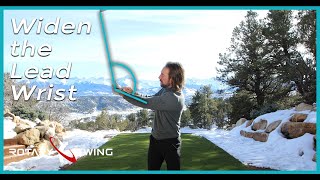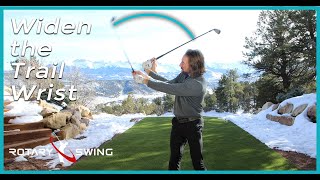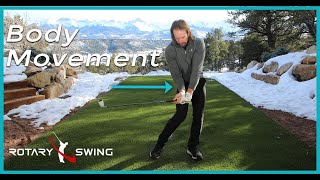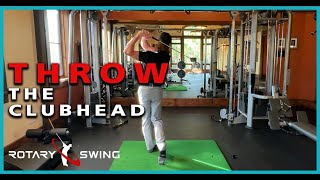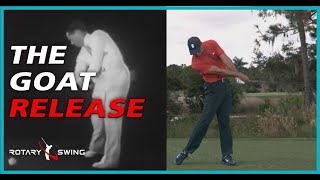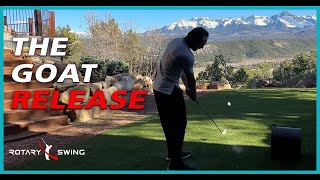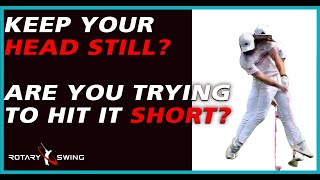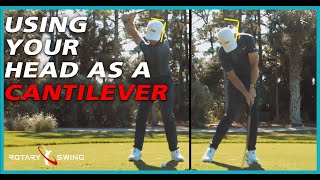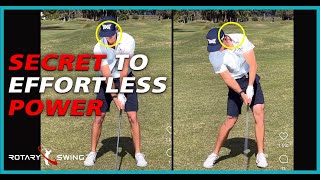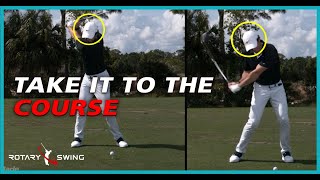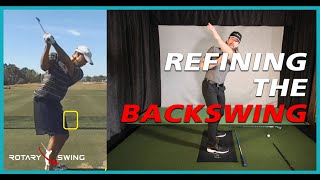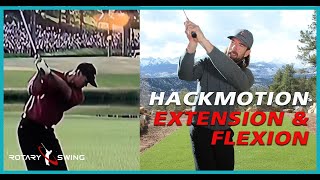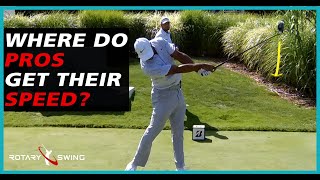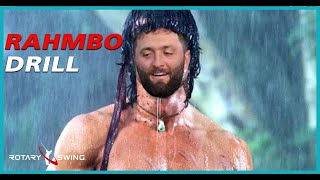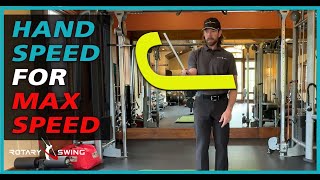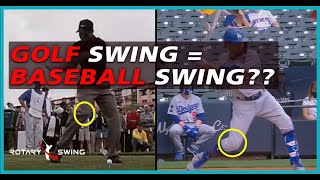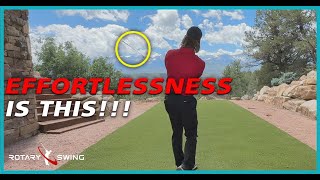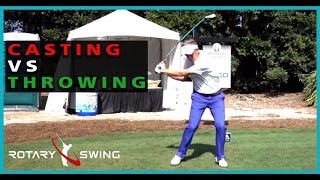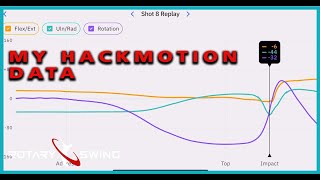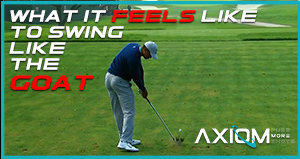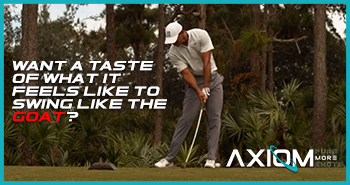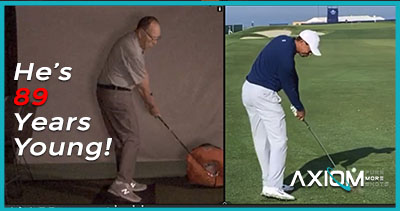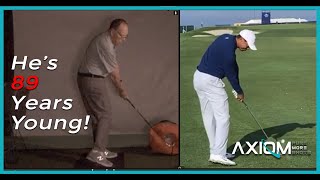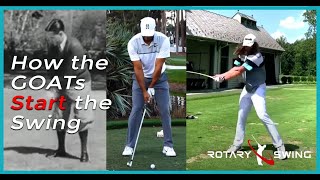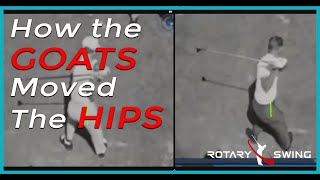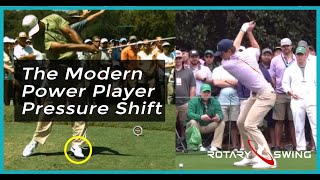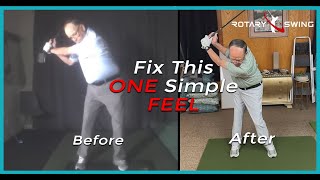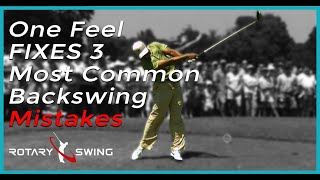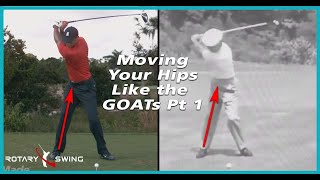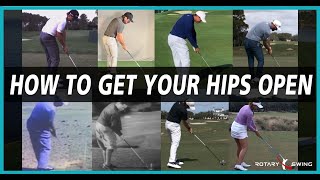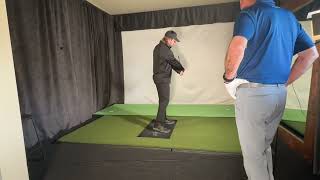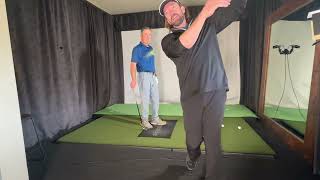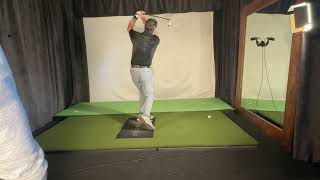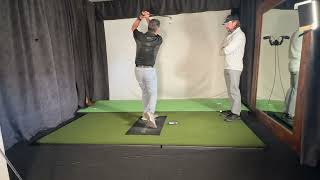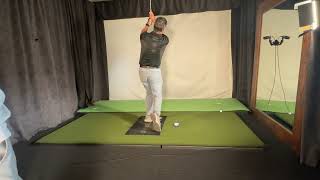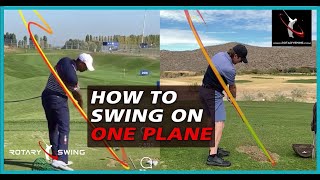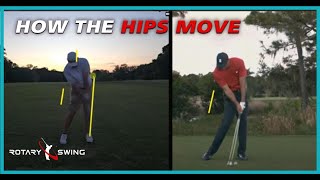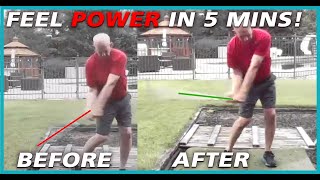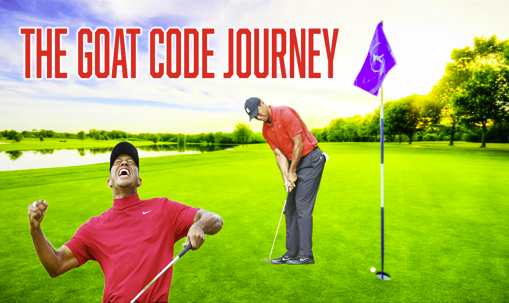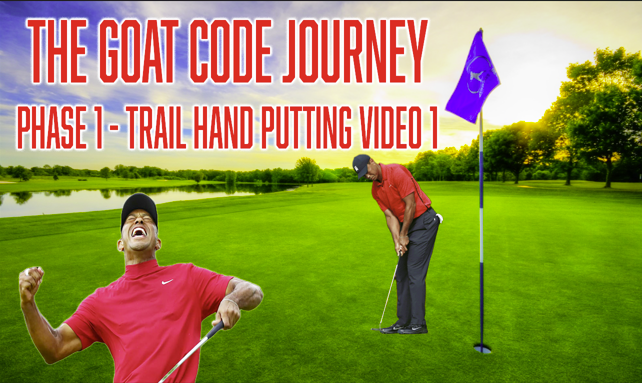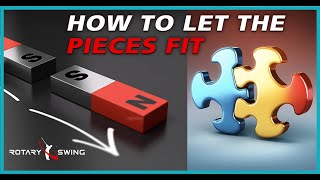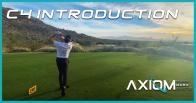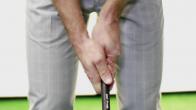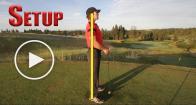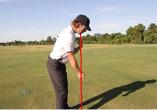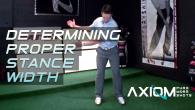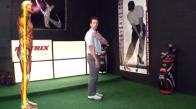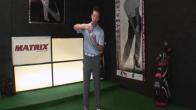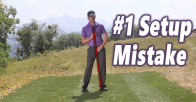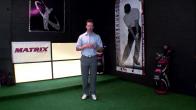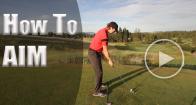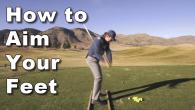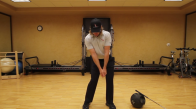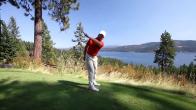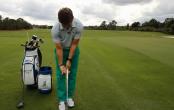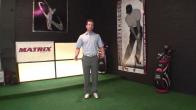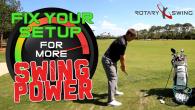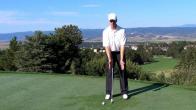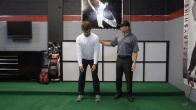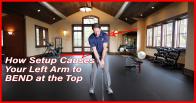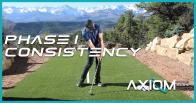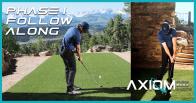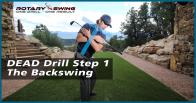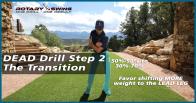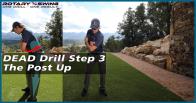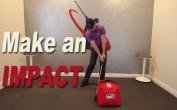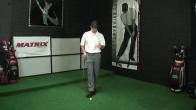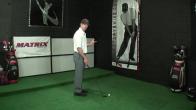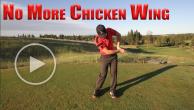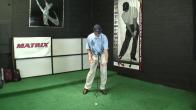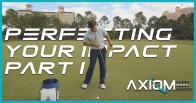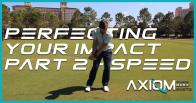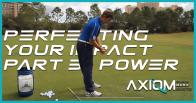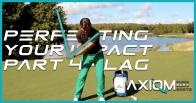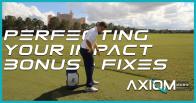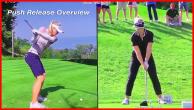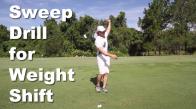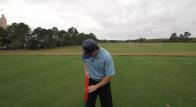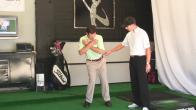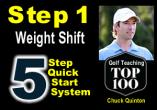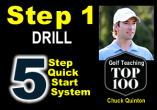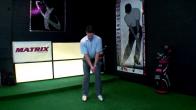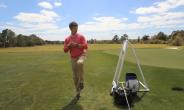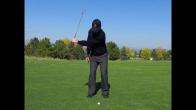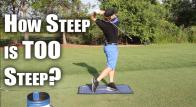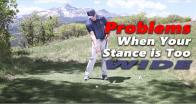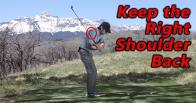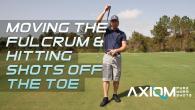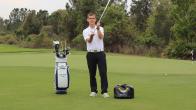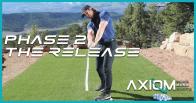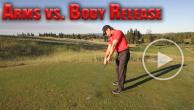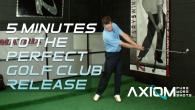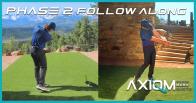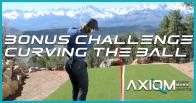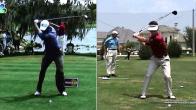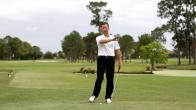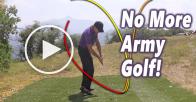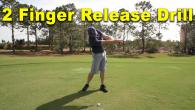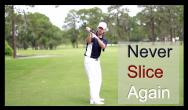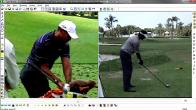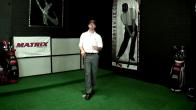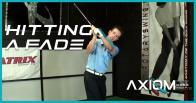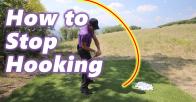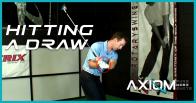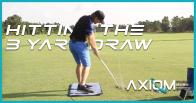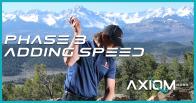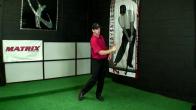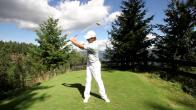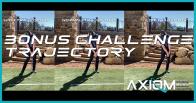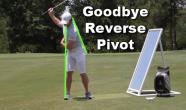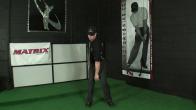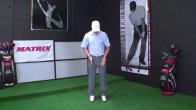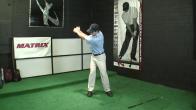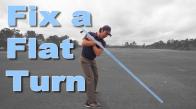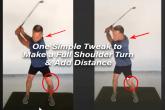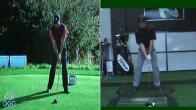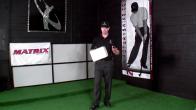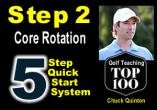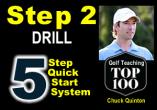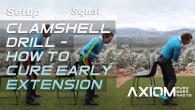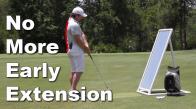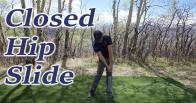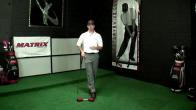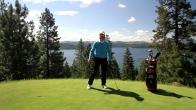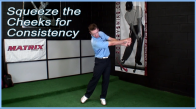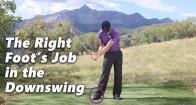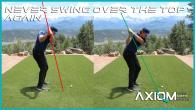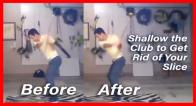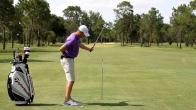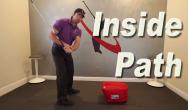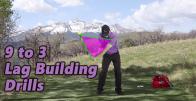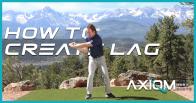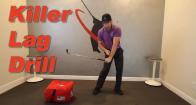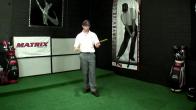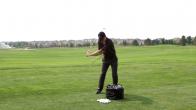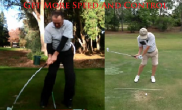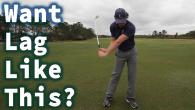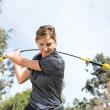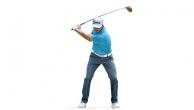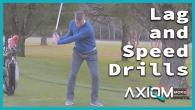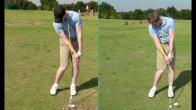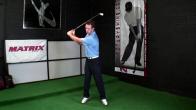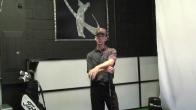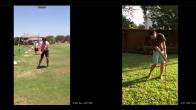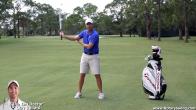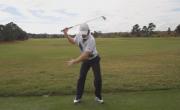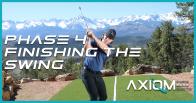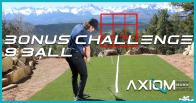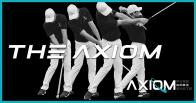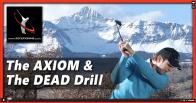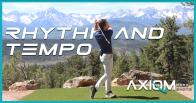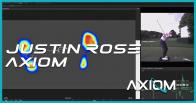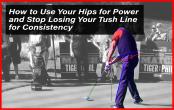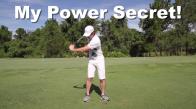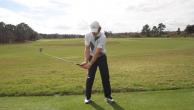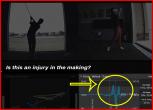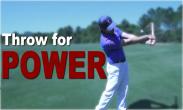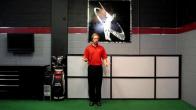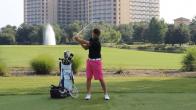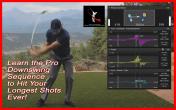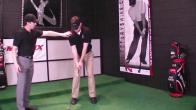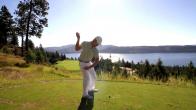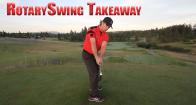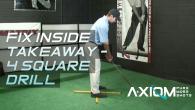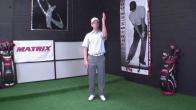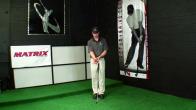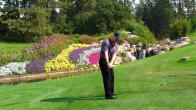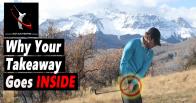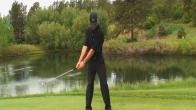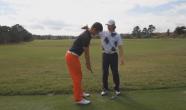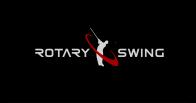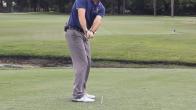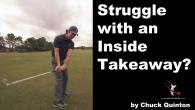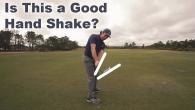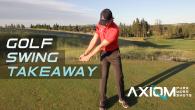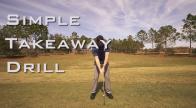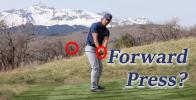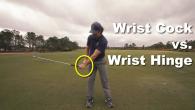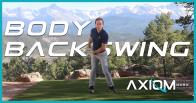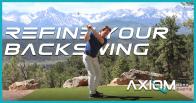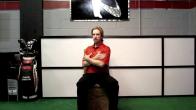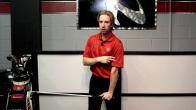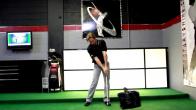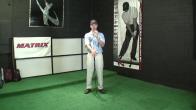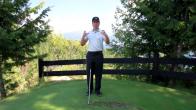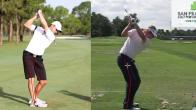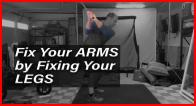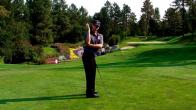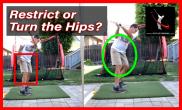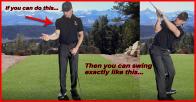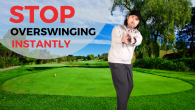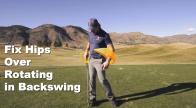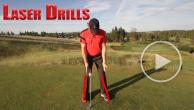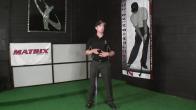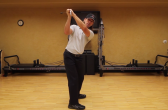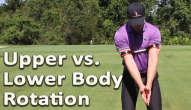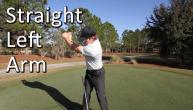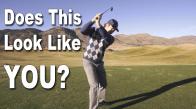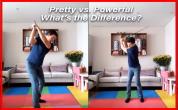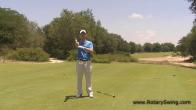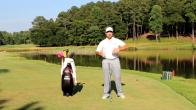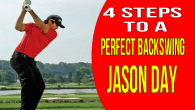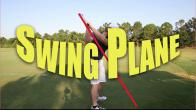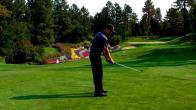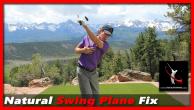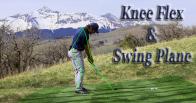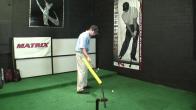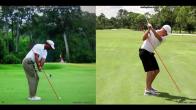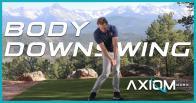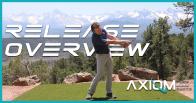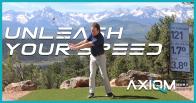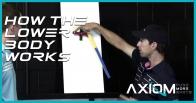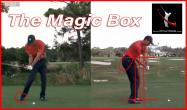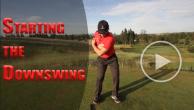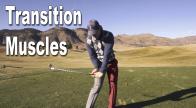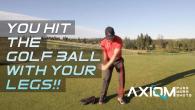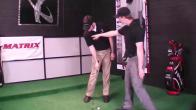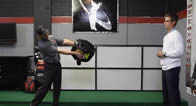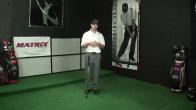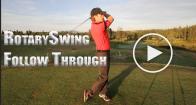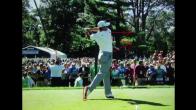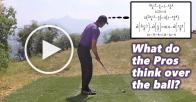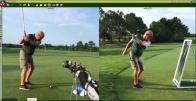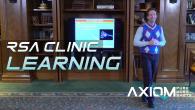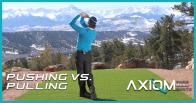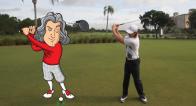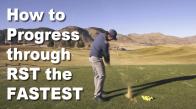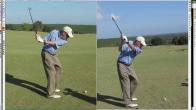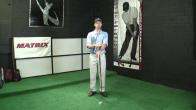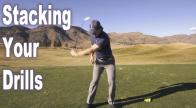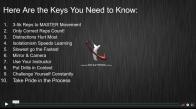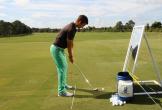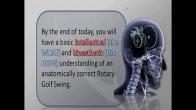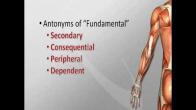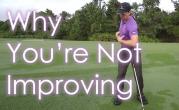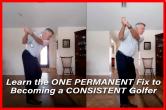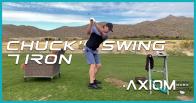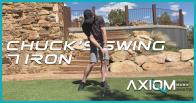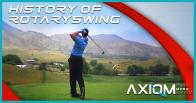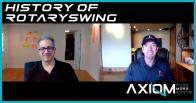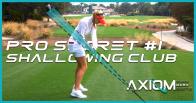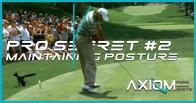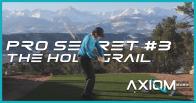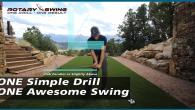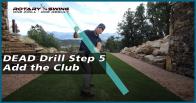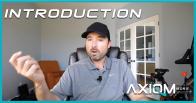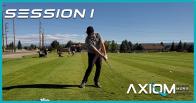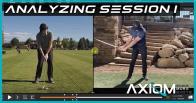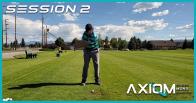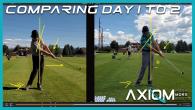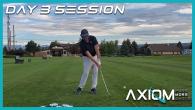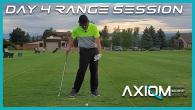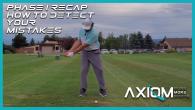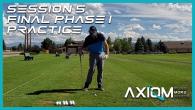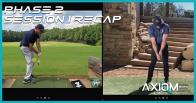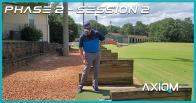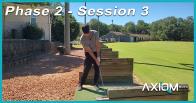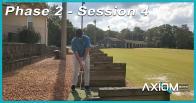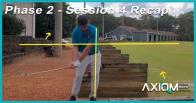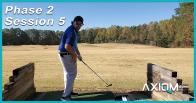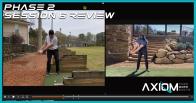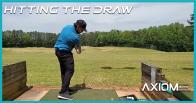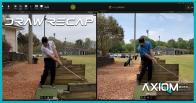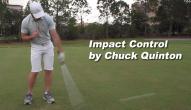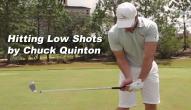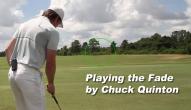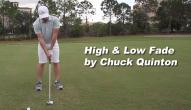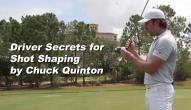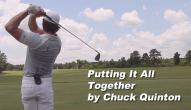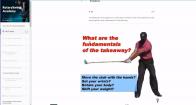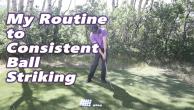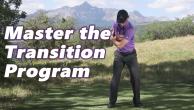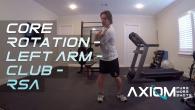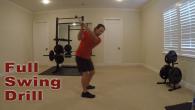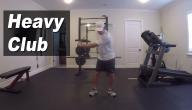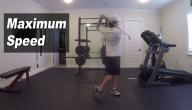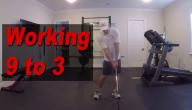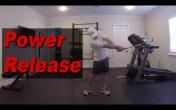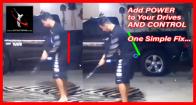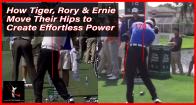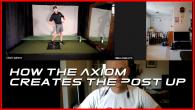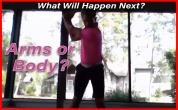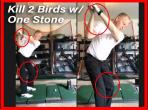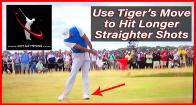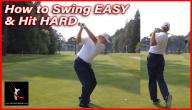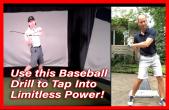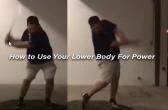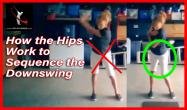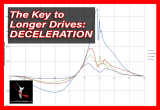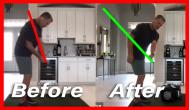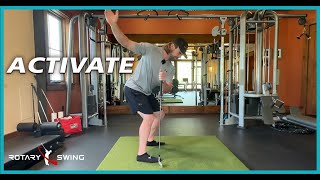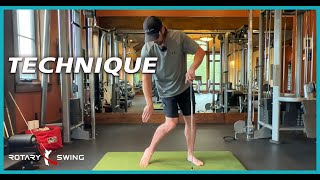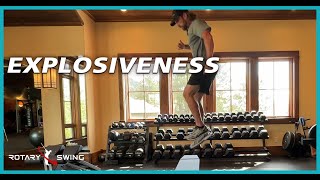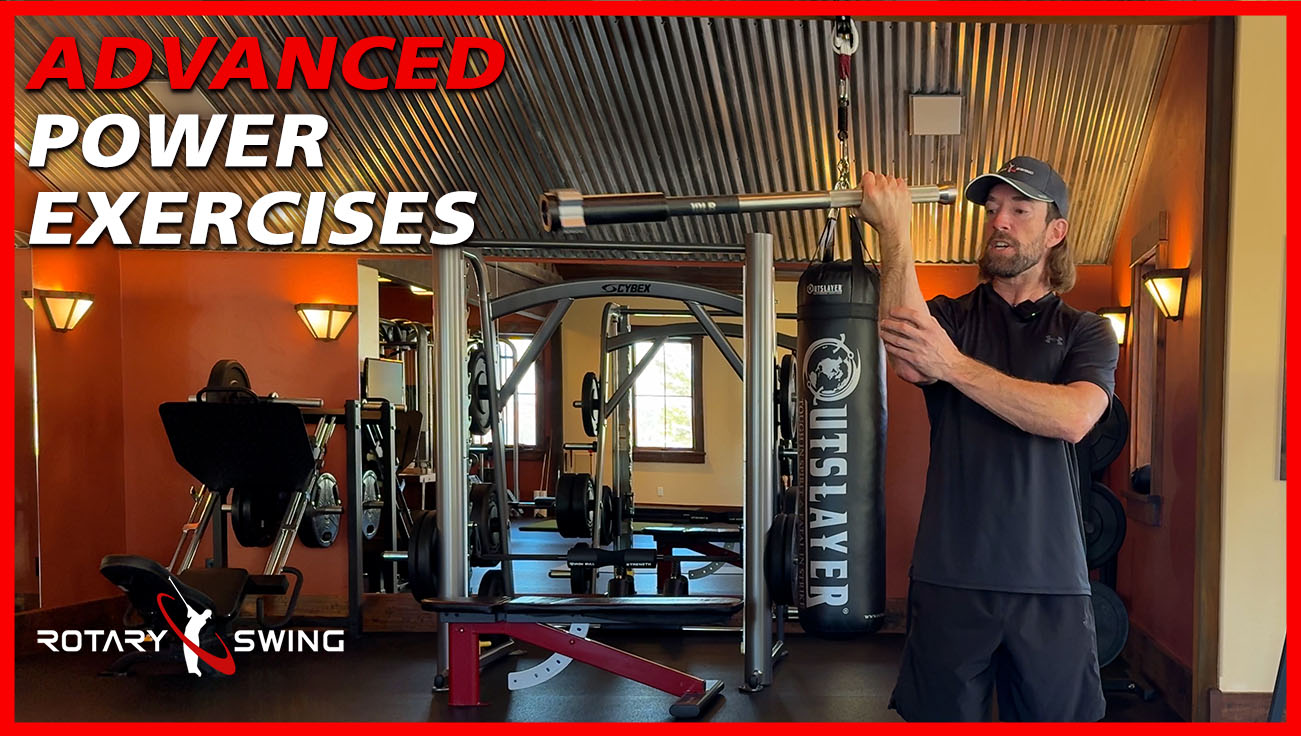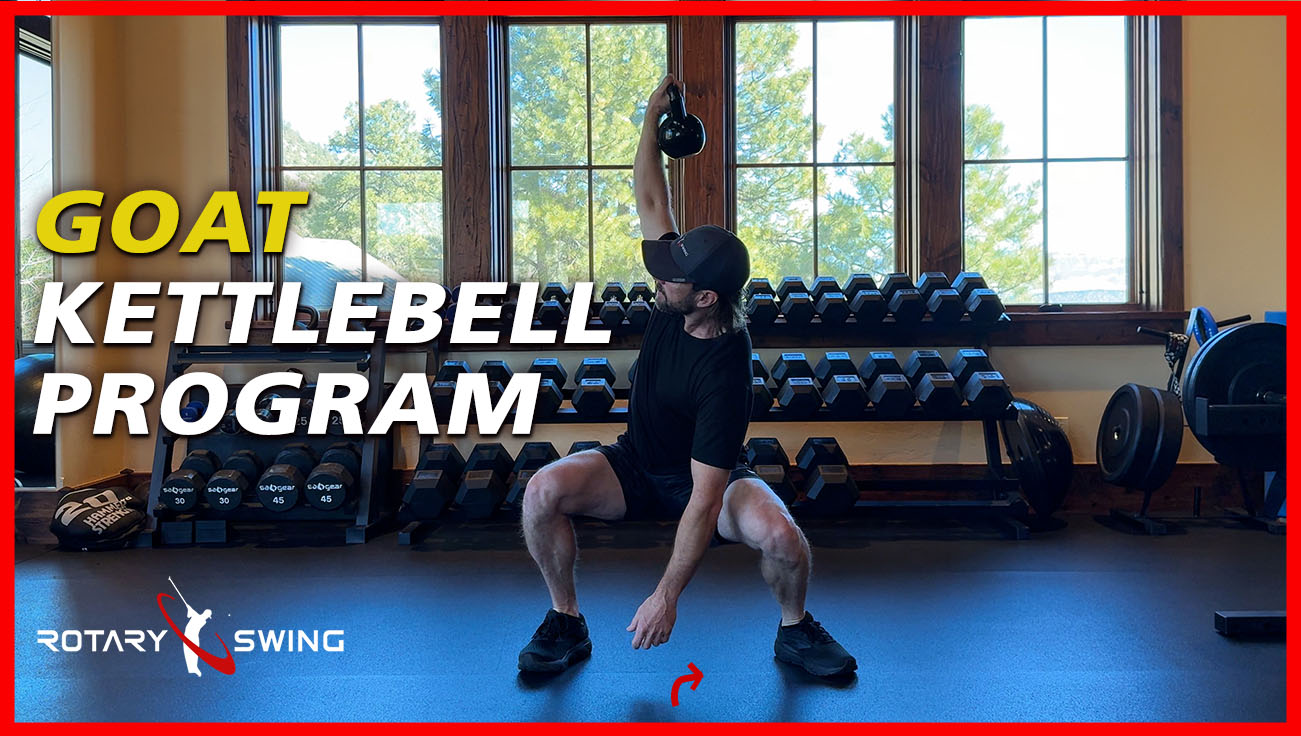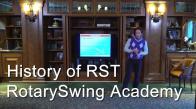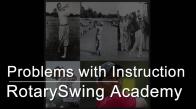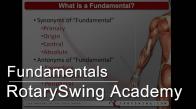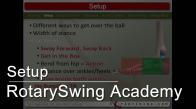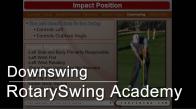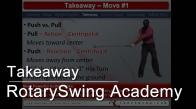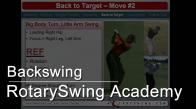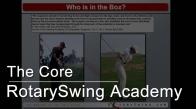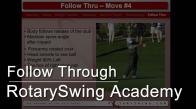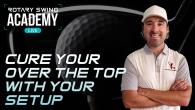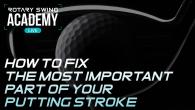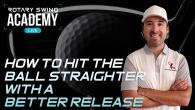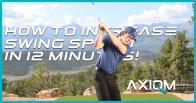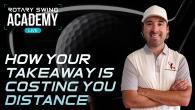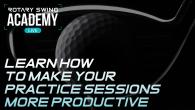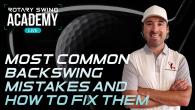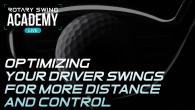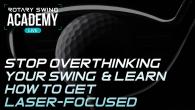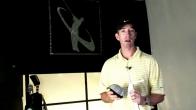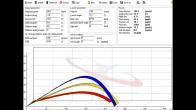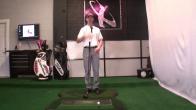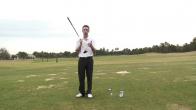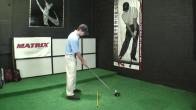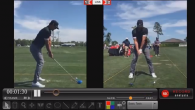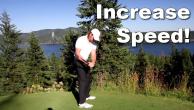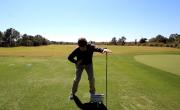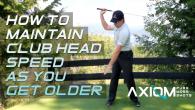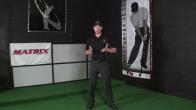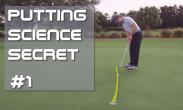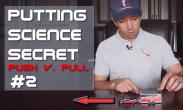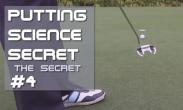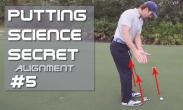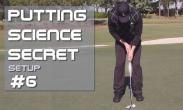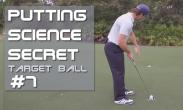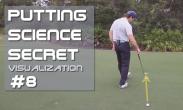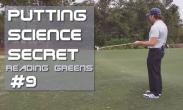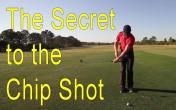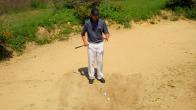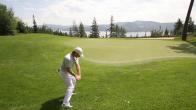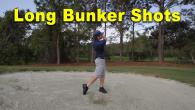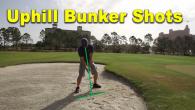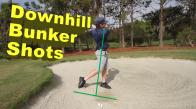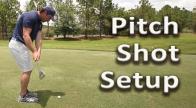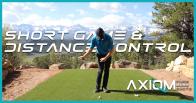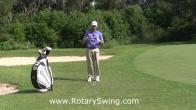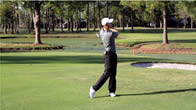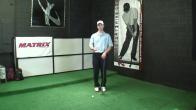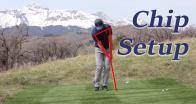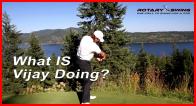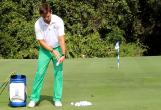Video Menu
My Favorite Videos
My Favorite Videos
Slice Cure - Martin's Lesson
Sorry, you need to be a member to access this video.
You Are Just Seconds Away - Become a member here!
Already a member? Log in now

See how The Slice Doctor's Guaranteed Slice Cure cured Martin of his over the top move in less than 10 minutes!
So, what to tell you about my game.
I'm an 11 in the cap.
I'm 58, so I'm not getting any younger.
I'm not hitting, you know, every year I feel I'm hitting less far than the year before.
So, I'm kind of frustrated that I'm at this place.
So, in a nutshell, that's it.
And I know my biggest problem is, for the life of me, I can't fix it, is I tend to early extend.
I have big, big time trouble opening the hips.
So, my tush line, I lose my tush line.
And, you know, I try.
I think I'm doing it.
But as soon as I look at myself on video again, it's like, no, no, I don't have it at all.
So, that's about it in a nutshell.
Okay, perfect.
Now, if I remember correctly, you did send in an NDA for the Axiom stuff, right?
Okay.
Yeah, because I had sent my video.
You said, yeah, you might be good.
So, I sent the NDA on Friday.
But after that, I think you had other guinea pigs probably with swing that fit better with what you were trying to test at that time.
Sure, perfect.
Okay.
So, let me video your swing first.
If we can tilt the camera down where I can watch you hit a ball.
And then I just want to take a quick look at it.
And then we'll dive right in.
Let me see if that will work that way.
man down.
That's where they're not.
You're not related to Charles Leclerc, by chance, are you?
I had to ask.
I'm a huge Formula One fan.
So, I had to ask.
Oh, okay.
Yeah.
I knew there was a Leclerc in the Formula One circuit for the last year or so.
But, no, not family at all.
If you need to turn the camera the other way for this, that's fine, too.
That works fine.
I can see you fine there.
And I have a nice simulator at all.
So, I can, you know, I can measure if I improve or not in terms of distance or speed.
Yeah, you got a great setup.
So, that's what happens often with my extension.
I shank it.
Okay.
Let's take a quick look at those.
Okay.
So, just not related to what we're going to talk about yet, but you have the ball set up off the hosel to begin with, with a really, really, really upright lie angle for how you're set up.
I mean, the toe is sitting severely off the ground, but I would actually, I would probably adjust your setup to just get you a little bit taller through your lower body.
But we'll talk about all this stuff in a moment, because it's not really a big deal with what we're going to be talking about.
Is this thing recorded?
I don't know.
Is that something I would have access to afterwards?
Yep.
Yep.
You'll get an email as soon as we're done to be able to download the whole thing.
So, you can see, if you look at your left hip here, you can kind of use the corner, the edge of your screen to see, like, where your hip starts out at.
And then, as you start your backswing, you move up a lot.
You stand up a lot.
Where you're standing up to is actually where I would have you set up to in the first place, which is going to give you more room at address.
In other words, your hips are sticking out a little bit too far behind you at setup, and your hands are a little bit low.
So, your body actually moves into where it's supposed to, where it should be at the top.
So, you can see your hip is moved.
You know, it was only like a couple inches away from the edge of the black screen, and now it's four inches.
So, that, of course, starts the whole chain reaction, where now you're going to move even further, and you're going to run out of room.
You're definitely swinging a little bit over the top.
And, as you mentioned, your hips don't clear.
So, this is partly setup related, and then partly the movement that I'm going to show you that should help you kind of feel all of this.
Because, watch your right foot here.
Do you see how your heel is lifting in the backswing?
Right?
So, you're really on your toes, your ball of your foot here.
And so, what I'm going to show you today will help you fix that so that you're not, you know, losing your posture because you can see your head stands up.
A bunch of little things are going on that make it really tricky.
And then you're kind of, you know, you're casting the club and swinging a little bit over the top.
So, let's get this fixed.
What's that?
The axiom was made for me.
It's perfect for you.
Okay?
So, I'm not going to talk about setup stuff so much right now.
Although, I do want you, you know, right, I'm going to exaggerate this just so it's easy to see.
But you're kind of setting up like this.
And so, your hips are back behind you.
And so, of course, as you start to make a swing, you stand up.
But you stand up to where your body is telling you this is where I needed to be in the first place.
So, instead of setting up like this, we're going to get you set up a lot more neutral so it's a lot easier for you to maintain your angles.
But that's not the main theme of what we need to feel right now.
So, as you were going back, you noticed that you started to stand up.
Your hips move in.
Your head goes up as your hands go up.
And so, now all of these angles have changed pretty significantly.
And you're on your toes.
You're on the ball of your foot.
But so, now we're out of position to be able to rotate correctly.
So, what I'm going to show you will help you feel how your weight needs to move, the direction it needs to move, and the timing and sequencing at which it needs to move.
So, we're going to tackle a lot of check marks in one really simple drill.
So, here's what I'm going to have you focus on first.
At first, all you're going to do is focus on shifting pressure around the perimeter of your right foot.
So, watch me for a second.
So, I'm going to start on my toes.
I'll move over here so it may be a little easier to see my foot.
I'm on my toe to the outside of my foot, to my heel, to the inside and back.
But I don't have to lift my foot up.
These moves are really small and really subtle.
But just imagine there was a little pressure dot and you're just moving that pressure dot around the circumference of your foot.
As I do this, if I relax my hips and kind of do the old hula hoop motion, let them move around.
But I'm just trying to move pressure around my foot.
So, you can feel it going to your heel, to your big toe, to the outside of your foot, etc.
In a circle.
If you do this in a circle, everything should be moving in a little tight circle.
So, your ankle is going to move a little bit.
The knee is going to move a little bit more.
And the hip is going to move the most.
So, not so much like your whole body.
Just feel kind of your hips moving pressure around your foot.
Loosen up your hips.
Let them move more freely.
Kind of a little dance move.
There you go.
Good.
So, this is the concept that you need to understand as a mover for getting your hips to move the way that we need them to.
So, in your case, you know, instead of getting back and getting your hips deep, your hips actually go the other way.
You start early extending in the backswing.
So, there's really no hope in the downswing.
So, now as you go back, your pressure is going back to your heel.
It has to.
It moves in this clockwise direction.
And that's the important thing to understand.
That most golfers move everything counterclockwise.
So, if you were to swing over the top, your hands would actually be going counterclockwise.
They'll be going in a circle this way.
I want everything to move in a clockwise circle, including your hands, which is what you're going to feel next.
And I'm going to have you feel that it's moving in a clockwise.
Oh, your screen froze.
Is that me or you?
You see me okay now?
So, now we're going to get your hand to match this clockwise movement of your foot with your hand.
So, it's just, we're going to, huge exaggeration.
But instead of getting your hands to move this way, you're going to get them to move this way.
So, the right hand only at first, you just kind of play air guitar.
You're just going to strum a big air guitar.
Yeah, exactly.
This helps you understand the hand path and the direction of the force of the movement in the swing.
And so, now as you start to get your hand as it goes back behind you like it would in a backswing, where is your pressure on your foot?
I'm sorry, the hand is counterclockwise?
Clockwise.
Clockwise as well, okay.
Yeah, exactly.
At the same time, I do it with my right foot.
Exactly.
There you go.
You got it.
Do you see how?
Your hand moving in a clockwise direction, in synergy with your pressure on your right foot?
moving clockwise helps you feel where your pressure should be?
At the timing in the backswing?
So, now at some point, we're kind of on this merry-go-round, right?
We're going around this merry-go-round on our foot and we're making this air guitar motion with our hands just to get clockwise motion into our swing.
At some point, we want to get off that merry-go-round.
And so, that's when your pressure goes back to your heel.
It quickly moves to the big toe, the right big toe.
So, What I want you to feel there is.
You're just going to let that big – you're going to come up onto that big toe as an exaggeration and let that right knee move toward the target, kind of replacing where your left knee is.
So, if you watch me from up the line, here's where my left knee is at in my swing.
And now, I'm just going to take my right knee and I'm going to put it there because that pushes the left hip back out of the way so you maintain your posture.
Okay, yeah.
Like that.
Even more.
So, get that left hip deeper back behind you.
There you go.
So, the merry-go-round, really, it's the feeling of motion, of the direction of the movement being clockwise.
That's why we're doing the merry-go-round thing.
And as long as your lower body keeps this motion, it'll make room for your hand, which is also traveling in a clockwise direction, to have room to come down from the inside.
Exactly.
Exactly.
Does it make sense?
What's that?
I can see that, yeah?
Because that's my problem.
I see the good swings, you know, they come from the inside and I'm so far from my body that just by doing that, I see that it tends to move much closer to my body than otherwise.
Exactly.
And the catch is, it's just all clockwise motion.
The problem with golf for most golfers is as soon as they start going back and we turn away from the ball, our instinct says, turn back.
Get everything going back this way.
This is why your hands want to go this way, because the ball is down there.
So, when you start, exactly, when you get everything moving clockwise instead of counterclockwise, the club shallows out.
Your hips get out of the way, but you're just moving backwards.
Your head stays behind the ball, too.
Everything that you're trying to get to happen happens automatically without having to work on mechanics and positions and things like that.
If you just have this concept of moving in a clockwise circle, the club has to come back down to the hitting area.
You have to maintain lag.
It happens as a result.
So, now when you grab a club, it's not that you're going to make this big exaggerated circle.
It's the idea that the circle is really quite small, but as long as you get your foot moving to get your hips moving, so you only focus on your foot and your hand making this little clockwise circle, it'll be impossible for you to come over the top.
So, just exaggerate it.
Is there a timing when you start your back swing?
Is it when your weight is at all?
Don't think about it that way.
Just try to get the feeling of the overall flow of the movement.
There you go.
Good.
you felt a little speed that time, it looked like.
Let's take a quick look.
So, you'll see, you'll take the club, you know, obviously to exaggerate the circle, you're taking the club to the outside, but it really doesn't matter.
You see Matthew Wolfe, he does the same thing, just as a big exaggeration.
But it's more the catch on the way down, as long as your hands are following in that clockwise fashion.
You see where the club is now?
Wow.
Wow.
This is great.
So, now you're in a great impact position.
Look at your posture.
And if I look at my tush line versus where I started, is it much better as well?
Oh, boy.
Yeah.
See, it's perfect when you stood up normally, right?
This is where you should be, but then you just kind of got a little squatty with your legs.
And that's why I was telling you, I want you to stand up.
Yeah, I remember I was saying, I want you to stand up a little taller at a dress.
But at the end of the day, as you move through it, you get into an excellent position.
Wow.
This is amazing.
I'm glad you think so.
How did you discover that?
I would say 99% perspiration and 1% inspiration.
It's a very, very, very long story.
I'm happy to tell it sometime, but I want to get you going.
So, again, the idea is that if you keep the motion going clockwise, always away from the way that your brain is telling you you want to go, then the club has to do these things that we know it needs to do.
But you don't have to think about it.
You have to keep your motion going around this foot.
This foot, I call like a vortex generator because the movement around the foot is where your mind is.
That's where you're concentrating.
But this little movement moves up the chain, and each part moves a little bit more, right?
Your knees moving in a tiny little clockwise circle, but your hips moving a little bit more.
And so, as long as you get that feeling, and you can start to get quick and light with it, because it's not like this big, exaggerated thing in the real swing.
It's quick, right?
It's here, and we're done.
But if you can get that simple motion down with a little clockwise motion of the hands, and again, you know, you can take Matthew Wolfe as an example.
He picks it straight up and does this.
That's fine.
You can.
But you can also make it a tight, normal circle, like John Rahm or Tiger Woods or whatever.
It's not important so much the position.
It's the direction of the motion that matters.
Does that make sense?
Absolutely.
What's that?
I'm amazed.
Okay, that's great.
That's great.
Well, so that's what I want you to experiment with and get the feeling of it, right?
Because you saw right away, your club is perfectly on plane coming down.
And the other cool benefit is your hands will move closer to your body because they're moving this way instead of moving out away from your body.
So, as a result of that, when your hands move in closer to your hips right before the hitting area, they move on a tighter arc instead of a big arc.
That's a free boost to speed because of the concentric circle, the way the club's working with the hand path.
So, you should feel a lot looser.
You don't feel like you have to swing so hard to get this big boost to speed.
There you go.
It looks awesome.
This is crazy.
This is crazy.
You know, we have played golf for, I don't know, more than 30 years now and always try something, a little thing here, a little thing.
And now you find something that all of a sudden it's like, let there be light.
Well, I hope it's.
Go ahead.
I just, I hope it's that way.
I mean, I'm trying with a lot of different players who have different swing flaws.
And so, so far, you know, if you get just the basic motion, you don't have to worry about anything else.
Because all that matters really is the club from here to here anyway.
If you get that right, good things are going to happen.
Yeah, and what I like is that to me it's something that's easier to grasp than when we talk about specific muscles, you know, my glutes, that.
Whenever we start thinking about that, I don't know why I have a hard time connecting that or thinking about that properly throughout the swing.
I think that is, you know, working clockwise is something I can easily understand and remember.
Well, good.
Is there anything specific to practice to get it more and more great or just think about it and swing practice?
Should I do it without balls for a long time before I start hitting balls or.
No, this is designed to be the opposite.
I want you to be able to hit balls immediately.
I want you to be able to swing full speed immediately.
Because it's the motion that you're really trying to do.
And that motion needs to happen fast.
It needs to happen quick.
Now, of course, you can do it slow -mo and whatever.
But then the motion starts being controlled.
And we don't want to try to control this thing.
We want to get it moving quick.
So my goal with this is, of course, the positions and mechanics and all those things are the same.
Those are things that we know all the best players in the world all do the same way.
But in order to achieve those, I think it's easier for people to think about.
As long as you had the correct feeling, it's easier to feel that.
And that's what I'm trying to get you to do is get out of mechanical positions, thoughts, and stuff.
Not that you don't have.
You have to have good mechanics.
But this is a way to achieve those good mechanics without having to think mechanically.
So understand that that's my goal with this is to get you feeling athletic and fluid again so that you can swing like you did when you were a kid, not how you do when you're an adult.
Where we're, okay, club's got to go here and now here.
And how do I get all this to work together, you know?
Yeah, it's easy to go into that rabbit hole of analyzing the swing and looking on YouTube.
And there's a million things you can look at all the time.
Exactly.
So this is my movement in the other direction to move where I think golf instruction needs to go.
Keep going.
You're going to make a lot of people happy with that.
I hope so.
So I'm going to put you in our private group if you want.
So we've got a private group for all the people who are testing this so I can get your feedback and say, oh, this works or, you know, because I've also done a couple of follow-up videos with John Rahm and Jessica Korda showing them do this exact same movement, but people never really looked for it, never really understood it before.
But now you'll see it in a follow -up video.
So I'd love to get your thoughts on it.
Oh, beautiful.
Perfect.
And is that something that, because, you know, and I know you're using the swing catalyst pressure map.
You see that properly, I assume, on that device, that weight distribution going a bit more circle clockwise?
Yeah, exactly.
So it's actually pretty clear.
We can see a pressure dot moving in a clockwise circle until you go to get off the merry-go-round.
And then it moves very quickly laterally.
And then the direction kind of tends to shift, depending on ball flight, once it moves to the left foot.
But at that point, the swing's already on automatic.
It's on autopilot.
You know, you're releasing the club, so you don't have to think about it there.
But I do talk about it a little bit in John Rahm's video, where I'm in the backswing.
It's very easy to see that John Rahm is making this very specific clockwise movement from his foot to his hand.
And then in the downswing, he tends to go counterclockwise with the left.
But that's too complicated to think about right now.
Well, big thank you.
This is great.
That's great.
That's exactly what I was looking for and what I was hoping for.
So I'm going to practice that like hell and be ready for my club fitting.
Perfect.
I'm glad I could help, Martin.
Thank you so much for the lesson.
I hope I could help you out.
I'm glad I could.
Thank you.
You sure did.
And hopefully we'll talk soon.
All right.
Take care.

